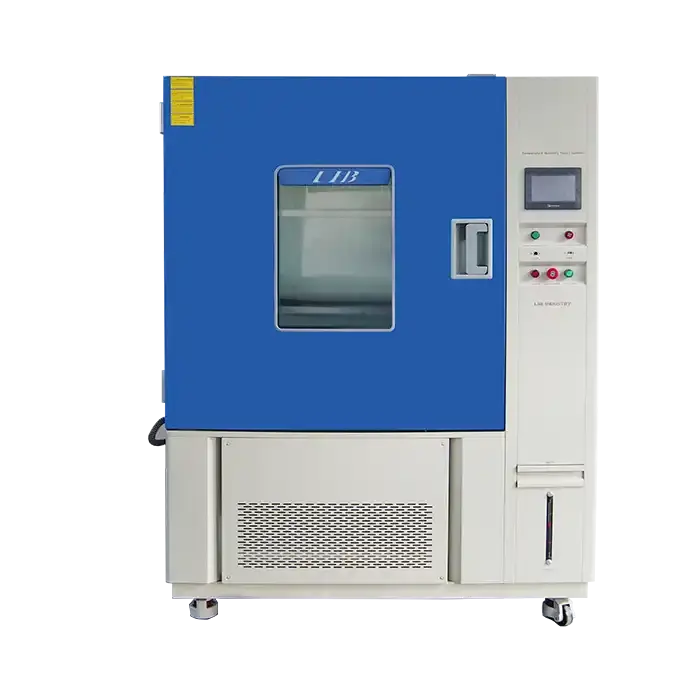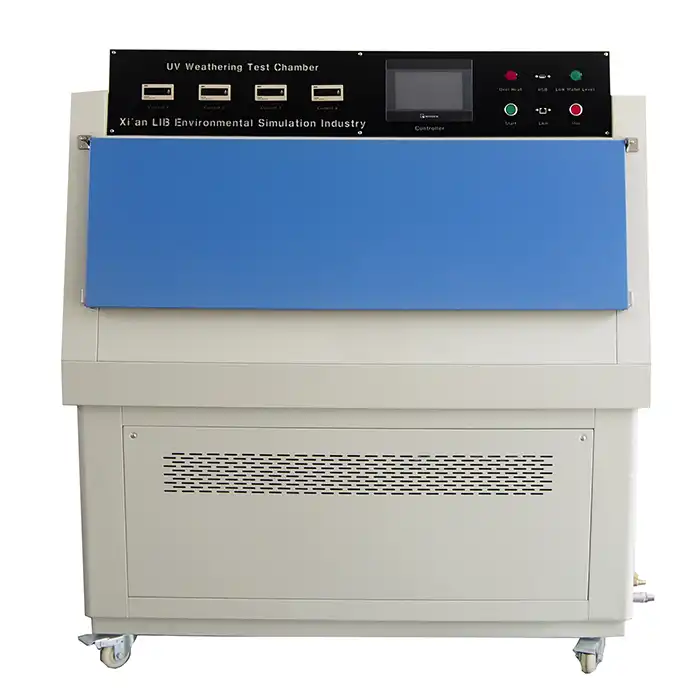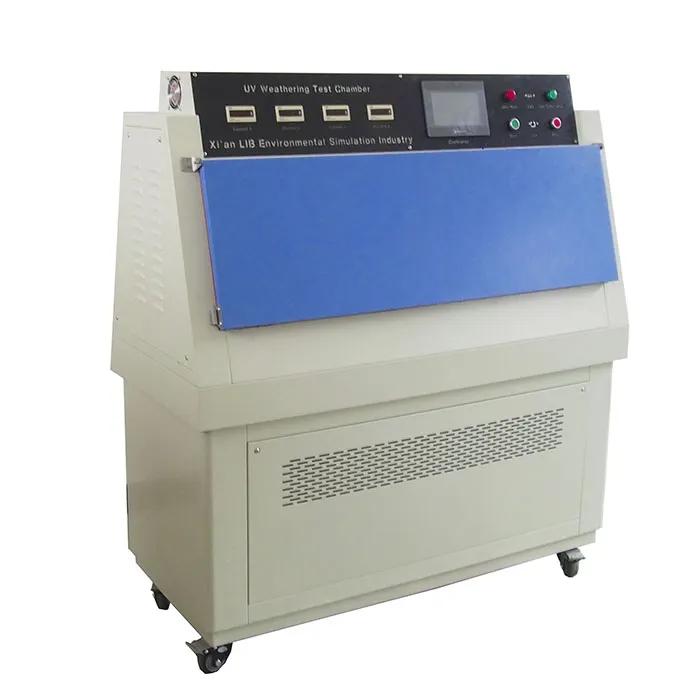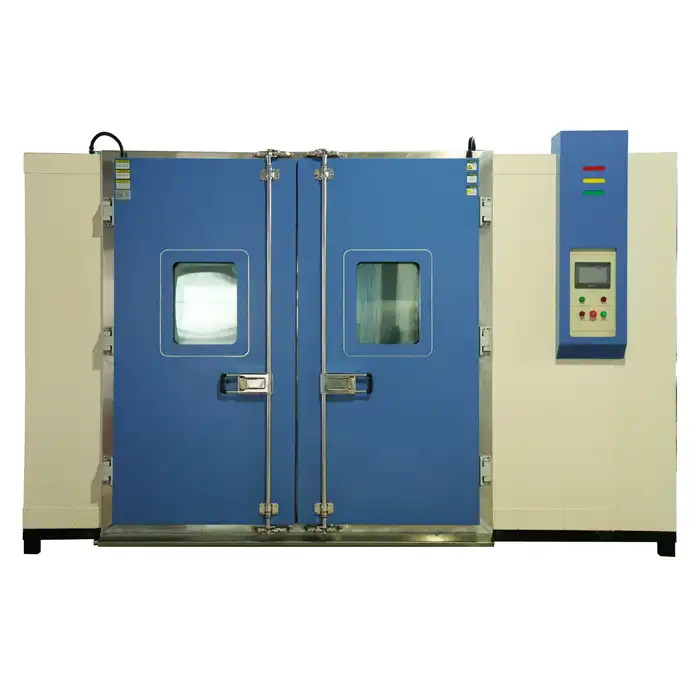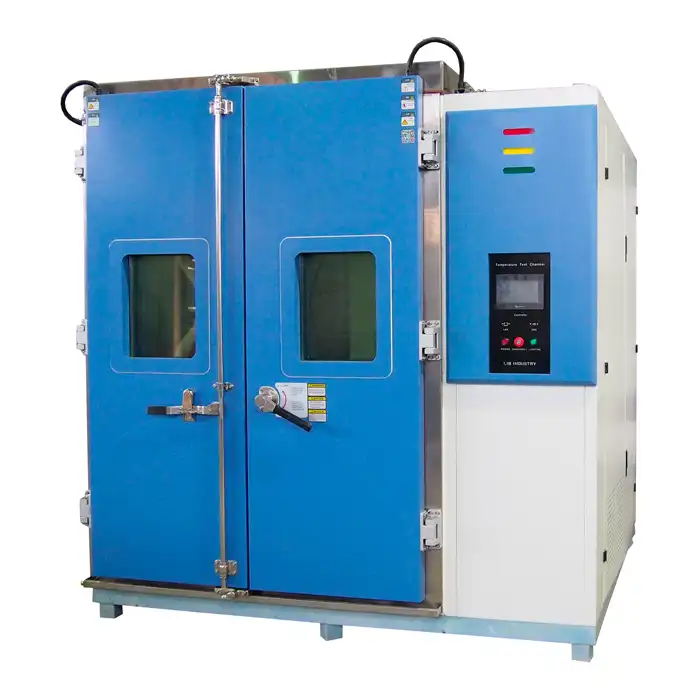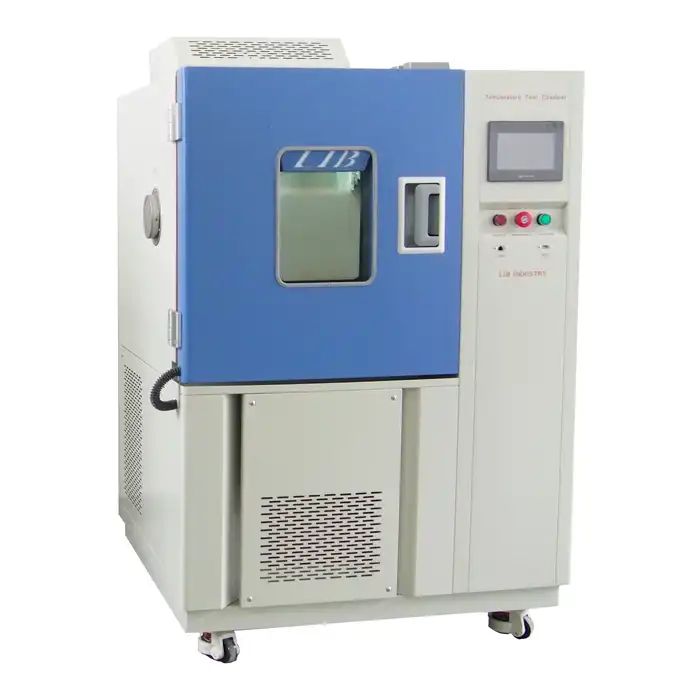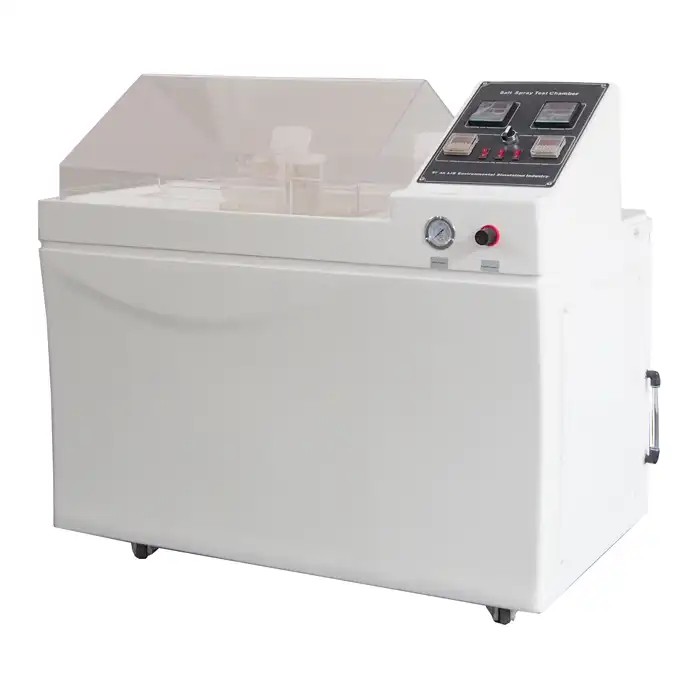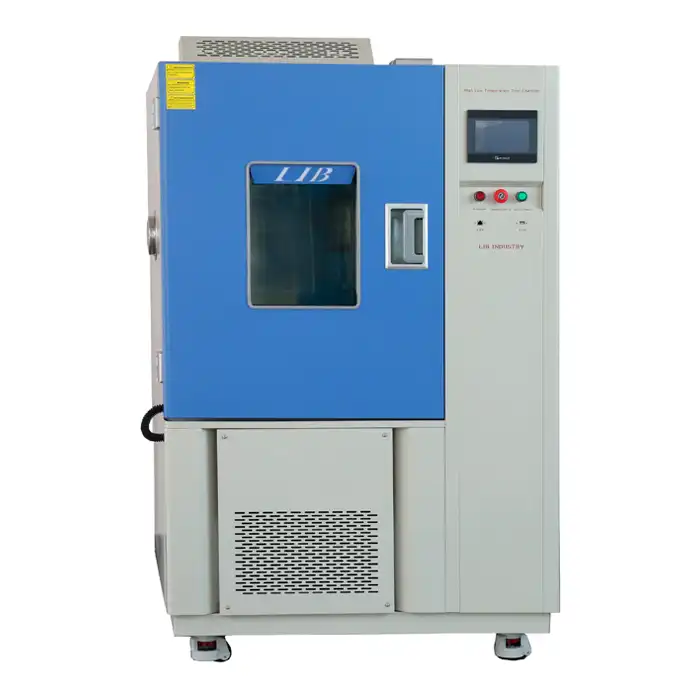What is the sand test?
When it comes to ensuring the durability and longevity of products and materials, one crucial test that often comes into play is the sand test. If you’ve ever wondered about its purpose and how it’s performed, this guide will give you a comprehensive overview. Whether you're a researcher, manufacturer, or someone just curious about the world of environmental testing, understanding the sand test and its related equipment, like the sand test chamber, is essential.
Understanding the Sand Test
A sand test, also known as a sand abrasion test, is designed to evaluate how well materials can withstand the abrasive effects of sand and other particulate matter. This test is crucial for determining the durability of various products, especially those used in environments where they are exposed to sand, dust, or similar abrasive substances.
The primary objective of the sand test is to simulate the harsh conditions that a product might face in real-world applications. By subjecting a material to controlled sand abrasion, manufacturers can predict how it will perform and identify any potential weaknesses. This information is invaluable for improving product design and ensuring reliability.
The Role of the Sand Test Chamber
The sand test chamber plays a pivotal role in evaluating the durability and performance of materials and products when exposed to abrasive environments. This specialized piece of equipment is essential for simulating the impact of sand and other particulate matter on test samples. Here’s an in-depth look at how a sand test chamber functions and why it is important for comprehensive testing.
Controlled Environment
One of the primary functions of a sand test chamber is to create a highly controlled environment for conducting sand abrasion tests. The chamber is equipped with precise mechanisms that regulate the amount, size, and flow rate of sand particles. This meticulous control ensures that the conditions of each test are consistent and replicable. Key aspects of the controlled environment include:
- Sand Flow Regulation: The chamber allows for accurate adjustment of the sand flow rate, which is crucial for simulating different levels of abrasive exposure. This regulation helps in assessing how varying intensities of sand impact the test samples.
- Particle Size Control: Sand particles can vary in size, and the chamber can be configured to use specific particle sizes to match the testing requirements. This ensures that the abrasion test closely mirrors real-world conditions.
- Air Flow Management: The chamber controls the airflow within the testing environment to mimic the conditions in which the product will be used. Proper airflow management ensures that sand particles are uniformly distributed and that the test conditions are consistent.
Sample Placement
The sand test chamber is designed with a dedicated area for placing test samples. Proper placement is crucial to ensure that the samples are exposed to the sand in a manner that accurately reflects real-world scenarios. Here’s how sample placement is managed within the chamber:
- Strategic Positioning: Test samples are positioned in specific areas of the chamber where they will be subjected to the abrasive effects of the sand. The chamber's design allows for various sample orientations to assess how different angles and positions affect wear and tear.
- Simulated Conditions: The chamber can replicate various environmental factors, such as temperature and humidity, to simulate the conditions under which the product will be used. This helps in understanding how these factors might influence the sample's performance and durability.
Abrasion Testing
At the heart of the sand test chamber’s functionality is its ability to perform rigorous abrasion testing. This process involves directing sand particles towards the test samples to simulate the abrasive forces that materials would encounter during actual use. Key components of abrasion testing include:
- Abrasive Force Simulation: The chamber's design ensures that the sand is directed at the sample with controlled force and angle. This helps in replicating the abrasive impact that materials might experience in real-world conditions.
- Wear and Tear Measurement: During the test, the extent of wear and tear on the sample is closely monitored. The chamber measures how the material's surface is affected by the sand, providing valuable data on its resistance to abrasion.
- Impact Analysis: The chamber allows for analysis of the impact of sand abrasion on the material’s integrity, such as surface erosion, scratching, and material loss. This information is crucial for assessing the durability and quality of the test sample.
Data Collection
Modern sand test chambers are equipped with advanced sensors and data collection systems that play a vital role in evaluating test results. These systems provide comprehensive data that is essential for analyzing material performance and making informed decisions. Key aspects of data collection include:
- Real-Time Monitoring: Sensors within the chamber monitor various parameters during the test, such as sand flow rate, sample wear, and environmental conditions. Real-time data helps in assessing the ongoing performance of the material.
- Detailed Reporting: The chamber's data collection systems generate detailed reports on the test outcomes. These reports include information on the extent of abrasion, sample degradation, and overall performance, which are crucial for quality assessment and improvement.
- Performance Analysis: Data collected during the test is analyzed to determine how well the material withstands abrasive forces. This analysis helps in identifying potential weaknesses and making necessary modifications to improve the product's durability.
Applications of the Sand Test
The sand test and its corresponding chamber have a wide range of applications across various industries. Here are some key areas where this test is particularly valuable:
Automotive Industry
Vehicles often operate in dusty or sandy environments, especially off-road vehicles. The sand test helps manufacturers ensure that components like engines, filters, and body parts can withstand such conditions without premature wear or failure.
Aerospace
In the aerospace sector, parts and materials need to endure extreme conditions. Sand testing helps verify that components used in aircraft or spacecraft can handle abrasive particles encountered during operation.
Construction
Building materials and equipment used in construction sites are exposed to sand and dust. The sand test ensures that materials such as concrete, metals, and coatings can resist abrasion and maintain their structural integrity.
Consumer Goods
Products like electronics, outdoor gear, and machinery are often subjected to abrasive conditions. Sand testing helps ensure these products perform reliably and have a long service life.
Benefits of Using a Sand Test Chamber
Using a sand test chamber offers several benefits, including:
Enhanced Product Durability
By identifying weaknesses and areas prone to abrasion, manufacturers can improve their products’ durability and lifespan.
Quality Assurance
Consistent testing with a sand test chamber helps ensure that products meet industry standards and customer expectations.
Cost Savings
Preventing premature failure through sand testing can lead to significant cost savings by reducing the need for repairs and replacements.
Regulatory Compliance
Many industries have specific regulations regarding product durability and performance. Sand testing helps ensure compliance with these standards.
Conclusion
Understanding the sand test and the role of a sand test chamber is essential for industries where material durability is critical. By simulating abrasive conditions, these tests provide valuable insights into how products will perform in real-world environments. Whether you are in automotive manufacturing, aerospace, construction, or any other field where durability is critical, choosing the right sand test chamber factory to buy a sand test chamber and incorporating sand testing into your quality assurance process can produce more reliable and durable products.
If you have more questions about Sand Test Chambers or need assistance with environmental testing solutions, feel free to contact us at info@libtestchamber.com. We’re here to help you ensure the highest quality and performance standards for your products.
References
1. "Sand Abrasion Testing of Automotive Components". Journal of Automotive Engineering.
2. "Evaluation of Material Durability Using Sand Abrasion Testing". Materials Science and Engineering.
3. "The Role of Sand Test Chambers in Aerospace Component Testing". Aerospace Testing Journal.
4. "Construction Material Testing: The Impact of Abrasive Sand on Building Materials". Journal of Construction Materials.
5. "Advancements in Sand Test Chambers for Consumer Goods Testing". Consumer Products Testing Review.



